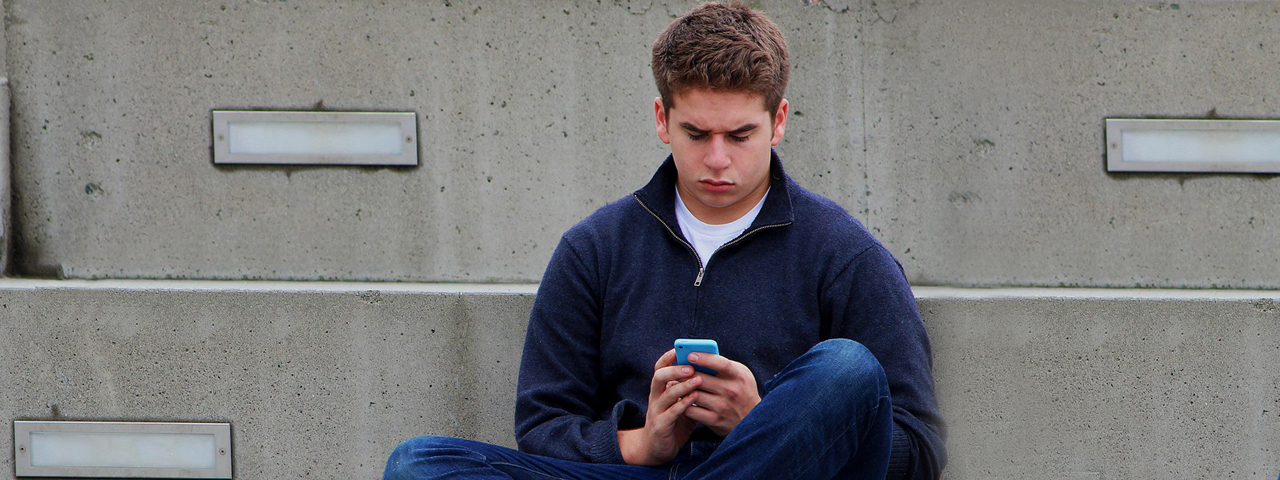
Screen Time Pros and Cons
Whether it is homework, email, gaming, chatting with friends, searching the web or watching Youtube, kids these days seem to have an endless number of reasons to be glued to a screen. Many parents out there are wondering how bad this can be for their kids and whether they should be limiting screen time.
There are certainly benefits to allowing your kids to use digital devices, whether it is educational, social or providing a needed break. However, studies show that excessive screen time can have behavioral consequences such as irritability, moodiness, inability to concentrate, poor behavior, and other issues as well. Too much screen time is also linked to dry eyes and meibomian gland disorders (likely due to a decreased blink rate when using devices), as well as eye strain and irritation, headaches, back or neck and shoulder pain, and sleep disturbances. Some of these computer vision syndrome symptoms are attributed to blue light that is emitted from the screens of digital devices.
Blue light is a short wavelength, high-energy visible light that is emitted by digital screens, LED lights and the sun. Studies suggest that exposure to some waves of blue light over extended periods of time may be harmful to the light-sensitive cells of the retina at the back of the eye. When these cells are damaged, vision loss can occur. Research indicates that extreme blue light exposure could lead to macular degeneration or other serious eye diseases that can cause vision loss and blindness. Studies show that blue light also interferes with the regulation of the the body’s circadian rhythm which can have a disruptive impact on the body’s sleep cycle. Lack of quality sleep can lead to serious health consequences as well.
Beyond these studies, the long term effects of blue light exposure from digital devices are not yet known since this is really the first generation in which people are using digital devices to such an extent. While it may take years to fully understand the impact of excessive screen time on our eyes and overall health, it is probably worth limiting it due to these preliminary findings and the risks it may pose. This is especially true for young children and the elderly, who are particularly susceptible to blue light exposure.
How to Protect the Eyes From Blue Light
The first step in proper eye protection is abstaining from excessive exposure by limiting the amount of time spent using a computer, smart phone or tablet - especially at night, to avoid interfering with sleep. Many pediatricians even recommend zero screen time for children under two.
The next step would be to reduce the amount of blue light entering the eyes by using blue light blocking glasses or coatings that deflect the light away from the eyes. There are also apps and screen filters that you can add to your devices to reduce the amount of blue light being projected from the screen. Speak to your eye doctor about steps you can take to reduce blue light exposure from digital devices.
As a side note, the sun is an even greater source of blue light so it is essential to protect your child’s eyes with UV and blue light blocking sunglasses any time your child goes outside - even on overcast days.
The eyes of children under 18 are particularly susceptible to damage from environmental exposure as they have transparent crystalline lenses that are more susceptible to both UV and blue light rays. While the effects (such as increased risk of age-related macular degeneration) may not be seen for decades later, it’s worth it to do what you can now to prevent future damage and risk for vision loss.
